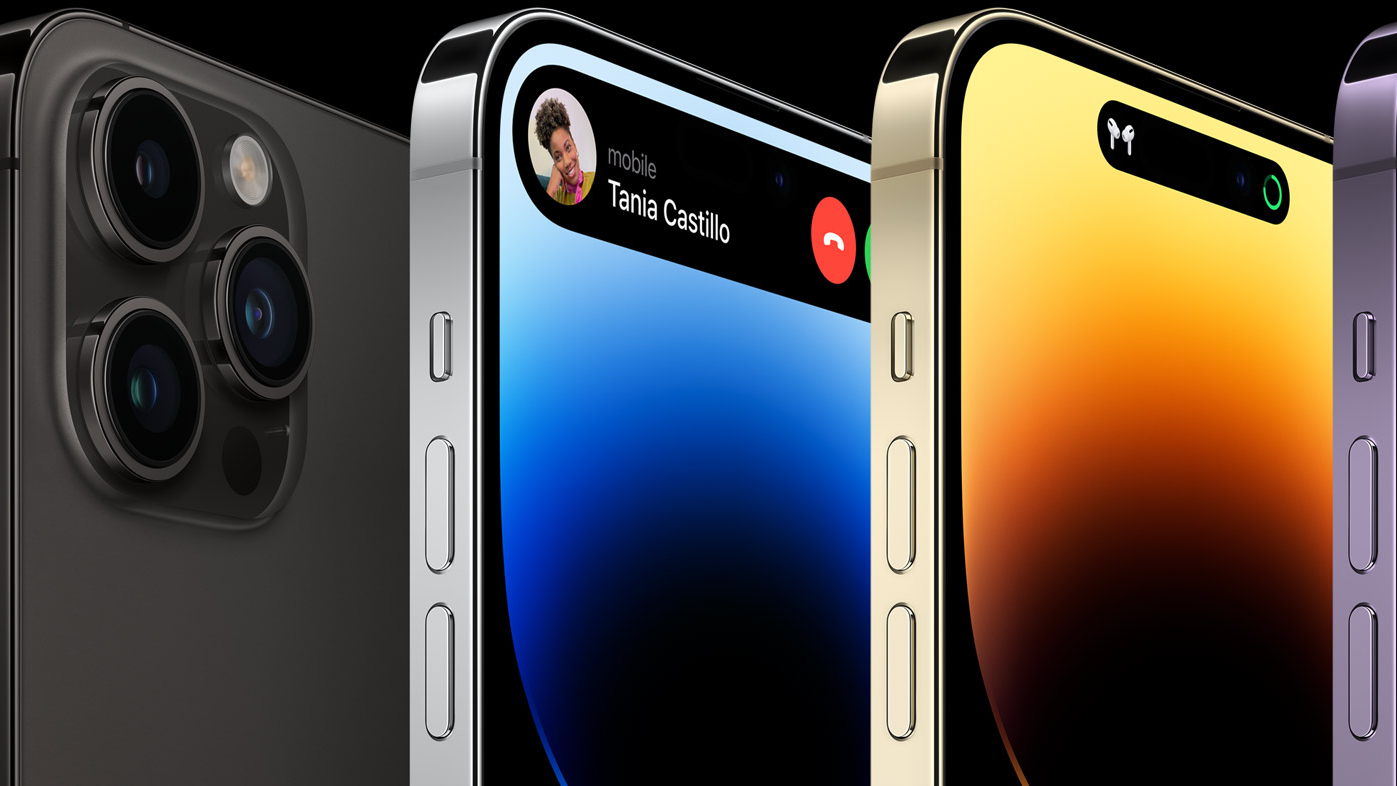At its WWDC23 developer event last week Apple announced its support for private 5G networks in a big way with a lot of exciting enhancements. This includes the ability to prioritize private cellular networks over Wi-Fi, goefencing, and many others. All of this is exciting news for many private cellular network owners using or planning to use iOS devices. Here are some of the important details:
Private 5G support
Private 4G LTE networks in the US CBRS band have been enjoying native connectivity with iPhone and iPad devices for quite a few years now. Recently, many other countries have also joined this movement from Europe to Asia to the rest of the Americas. However, most of these countries have private cellular spectrum opened by their regulators only for 5G technology – not 4G LTE.
These networks are typically only 5G Standalone (SA), and there are some specific Mobile Network Codes and Mobile Country Codes that must be used. Now, the following Apple devices can join these private 5G networks:
– All iPhone 14 models, all iPhone 13 models, iPhone SE 3rd generation
– iPad Pro, iPad Air, iPad mini and iPad models (details on the specific models can be found here)
Prioritizing private cellular over Wi-Fi
Many deployments have overlapping coverage from both private cellular (LTE or 5G) and Wi-Fi. Traditionally, handheld devices prefer Wi-Fi over cellular when both networks are available. While this may make sense for consumer devices with expensive data plans, with a private cellular network in place, Wi-Fi is not always the preferred network for a device.

The problem is that devices usually “stick” to Wi-Fi network as long as possible until quality becomes very poor, and roaming back to cellular is not seamless. For example, when you start a Zoom or Teams meeting at home over Wi-Fi, and then leave your home to go to work, you typically experience some outage in the session as the device hangs on to the Wi-Fi network as you drive away from home.
This annoyance can become a business-critical issue for some private cellular deployments. Imagine a warehouse or big-box retail store that has Wi-Fi coverage inside the building and private cellular coverage outside in the parking lots and yards. Employees working inside and outside would need to have both Wi-Fi and cellular enabled in their devices and would experience this kind of disruption every time they roam from Wi-Fi to private cellular.
With iOS 17, private cellular can now be set as the preferred network and devices will quickly jump to private cellular from Wi-Fi as soon as the reliable signal is detected. What’s more, this configuration can be managed easily through a mobile device management (MDM) system, and iOS devices can continue to have Wi-Fi for services such as AirDrop and AirPlay even when they are connected to a private cellular network.
Geofencing for private cellular
With native dual SIM support, iOS devices have had the ability to connect to either public cellular network or private cellular network for a few years now. Typically, private cellular network owners using this capability have been configuring iOS devices with private cellular as higher priority over public cellular (through MDM or iOS network settings menu). As a result, when an employee leaves the enterprise facility or campus, their device will automatically switch to the public cellular network and vice versa when an employee comes back to work.
Yet to make this type of roaming seamless requires that iOS devices scan both networks frequently. This significantly drains the battery life. To optimize this operation, a geofence can now be defined. Now devices only start searching for the preferred private cellular network when they are in the vicinity of the private wireless signal. Celona has made some significant contributions to this effort.
With iOS 17, iPhones can seamlessly roam between a private network and a public carrier network as the user moves in and out of private network coverage. Each iPhone can have 1,000 different geofences defined through a simple framework.
Ease of operation and management
Configuring all the above features easily and in a scalable manner is crucial for private cellular networks while security and privacy requirements are met. iOS 17 brings a lot of capabilities with MDM and eSIM supported by private wireless suppliers such as Celona.
In fact, Celona has been testing these enhancements for many months as well as developing product features and tools to enable enterprises to more easily use and scale private wireless deployments.
Ultimately, Apple’s embrace of private 5G networks is sure to help supercharge the market as enterprises eye the value that private wireless can bring in ensuring more deterministic and predictable wireless connectivity that is no longer negotiable in running a network-connected business.
Mehmet Yavuz is the co-founder and CTO at Celona where he is responsible for the technology vision of its innovative platform for private mobile networks. Previously he was the CTO of Ruckus Wireless and VP of Engineering at Qualcomm Corporate R&D.

